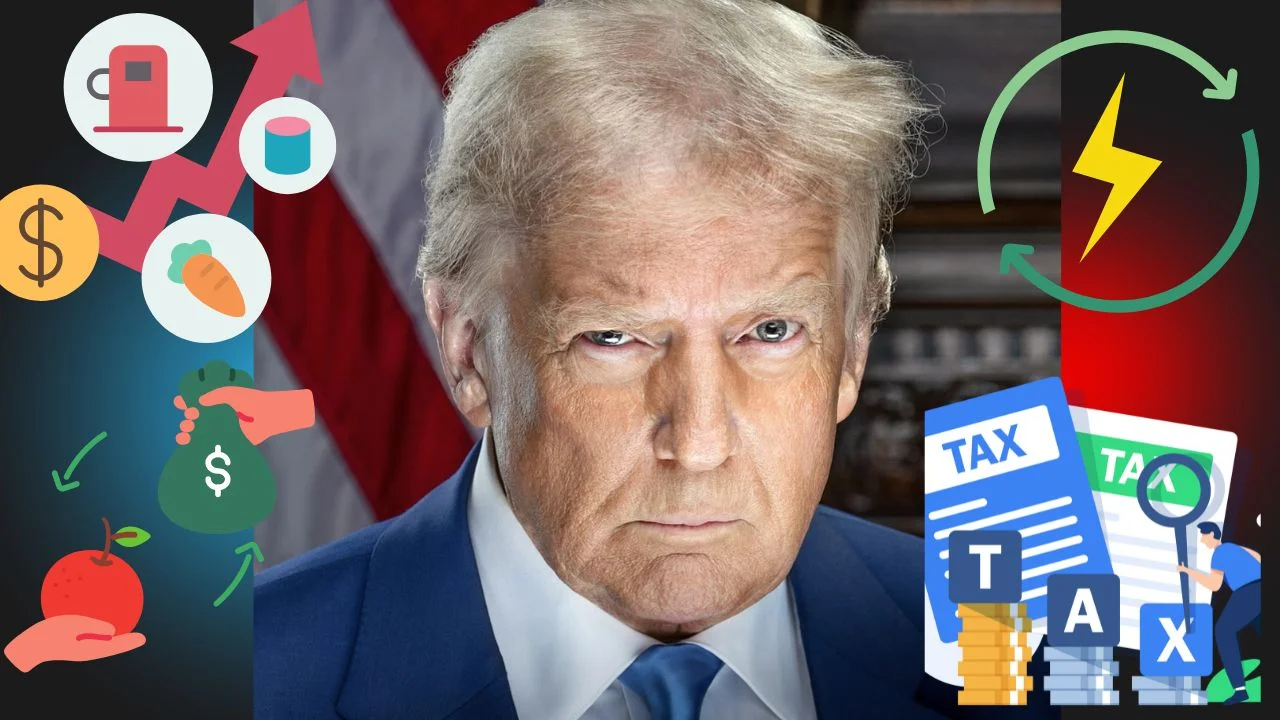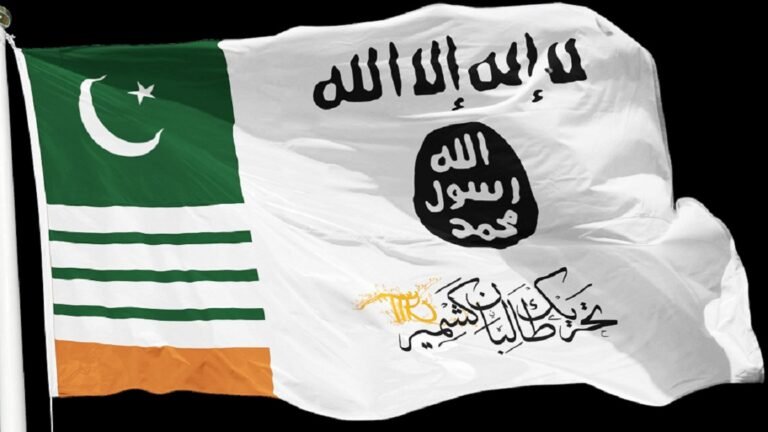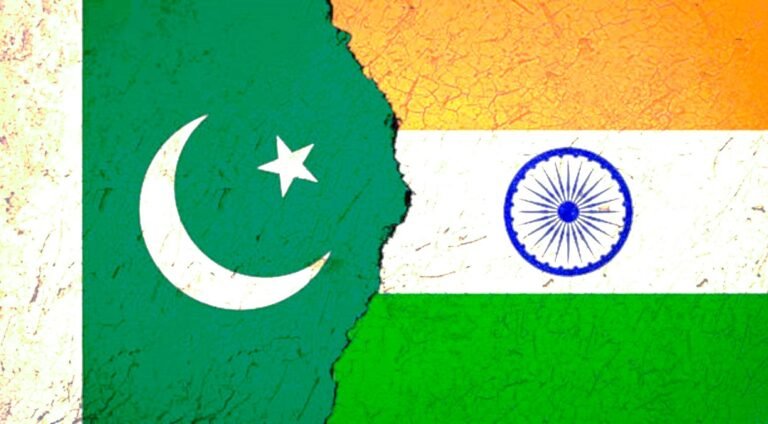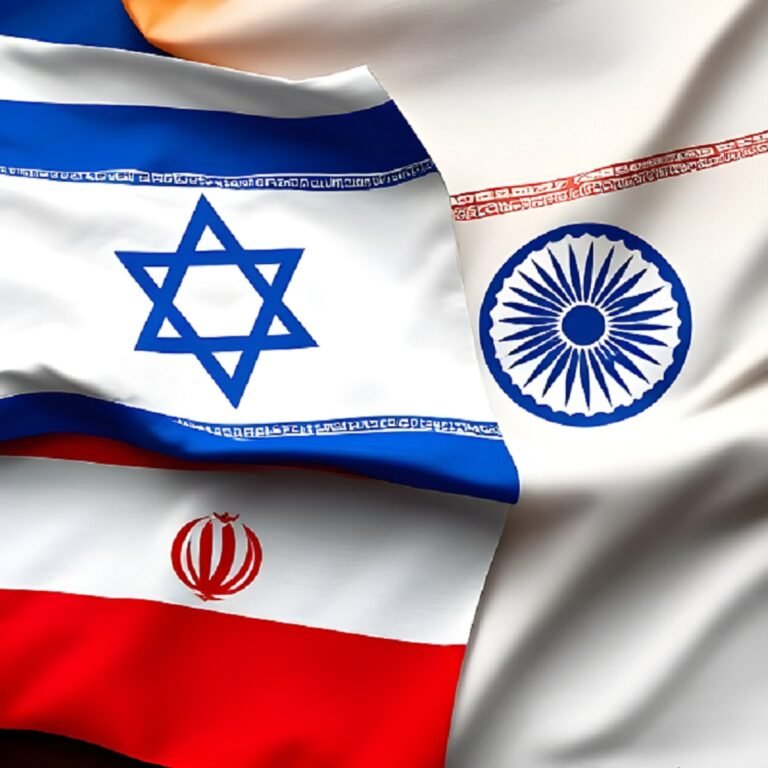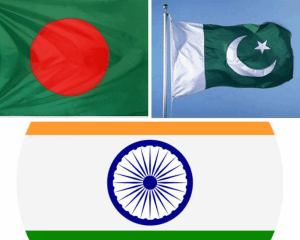President Trump was signing several controversial Executive Orders on the day one in his office.
Trump 2.0: How Donald Trump is Implementing his Manifesto? Well, Donald Trump has never minced words. He has been openly speaking on all the controversial issues that affect our world. And whether we agree with him or not; we all will agree that he is ruthlessly honest and stern when it comes to actions. Well, his rhetoric helped him and President Trump won the 2024 elections.
As expected, President Trump was signing several controversial Executive Orders on the day one in his office. He wanted immediate implementation of what he had promised the American people. By far, he has been able to do it much successfully. So, we review How Donald Trump is Implementing his Manifesto?
As of February 2025, President Donald J. Trump has articulated a comprehensive policy agenda for his second term, building upon his previous tenure’s initiatives and introducing new proposals. This agenda, often referred to as “Agenda 47,” encompasses a wide range of domestic and foreign policy objectives. We share the key components of President Trump’s 2024 manifesto and how he is implementing it:
Trump 2.0: Immigration and Border Security
Border Enforcement was a key concern for Donald Trump. President Trump has pledged to “seal the border and stop the migrant invasion,” aiming to enhance physical barriers and increase border patrols. And it was one of the first ever Executive Orders from President Trump. He plans to execute the “largest deportation operation in American history,” targeting undocumented immigrants residing in the United States. Within hours into office, the USA was no more an immigrant’s paradise. Rather, there was a diligent operation and hundreds of illegal immigrants in detention. Resultantly, the illegal immigrants from Mexico, Venezuela, India, Pakistan and other nations were deported to their home countries.
Trump 2.0: Economic Policies
Prior to Elections, Donald Trump was focusing on four major components of US Economy:
- Inflation Control
- Energy Production
- Manufacturing Revival &
- Tax Reforms
A commitment to “end inflation” and make the U.S. economy more affordable was central to his economic strategy. He wanted to position America as the “dominant energy producer in the world,” focusing on increasing domestic oil and gas production. He proposed to “stop outsourcing” and transform the United States into a “manufacturing superpower,” encouraging domestic production through various incentives. The agenda for tax reforms included “large tax cuts for workers” and proposed eliminating taxes on tips to benefit service industry employees.
Although it is very early period of his tenure. President Trump is able to ascertain the economic future of the United States. The current inflation rate in United States stands at 3%. It was 2.75% in November 2024 when President Trump was elected. It was 2.89% in January 2025 when President Trump took oath of his office. So, there is an increasing trend. However, the economy stands very stable owing to large scale American economy.
On the energy front, he is putting efforts to get hold of all reserves anywhere in the world. For instance, he wants to take control of the Gaza Strip. The Gaza Strip has vast reserves of natural gas. Moreover, he has also proposed taking over Greenland which has huge energy reserves of all kinds. Too early to say, but President Trump is focused on taking control of the energy production at all possible locations.
The issue of manufacturing revival is at the core of President Trump’s wishes. He was focused on it in his first term as well. He is already putting hurdles for every country around the world to ensure that America gets its manufacturing share. On the reforms in taxation, he is yet to come up with a clear path.
Trump 2.0: Trade Policies
Donald Trump was already making waves for influencing the global trade. He wanted lesser Chinese control, increased US influence and more growth for Made in America. Well, the Make America Great Again or MAGA was one of his key announcements.
In office, President Trump has suggested implementing a universal baseline tariff on all imports, with higher rates for countries engaging in practices deemed unfair. A four-year plan aims to phase out imports of essential goods from China, promoting domestic production and reducing reliance on foreign supply chains. Moreover, President Trump has announced tariff implementation on the basis of reciprocity.
Trump 2.0: Governmental Reforms
Donald Trump had serious reservations on the system of government. He had an open view that the US government wasn’t functioning to its fullest strength. He was talking of weak, corrupt bureaucratic systems in the United States prior to election. Once in office, he sought immediate action on this front as well. Currently, the administration seeks to centralize federal authority, bringing independent agencies under direct presidential control and replacing career civil service employees with political appointees. There is a focus on reducing regulations perceived as hindrances to economic growth, particularly those affecting energy and manufacturing sectors.
Moreover, he has entirely changed the government functioning and processes in the United States. The inclusion of figures such as Elon Musk in cabinet meetings reflects the administration’s focus on efficiency and private-sector approaches to governance. The introduction of Department of Government Efficiency – DOGE aligns with his approach of efficient systems of governance. Resultantly, we saw closure of DEI, USAID and several other agencies within few days of President Trump’s Presidency.
Trump 2.0: Social Policies
Donald Trump found himself a victim of fake news and media bashing. The grudges were visible in his every speech before elections. Once elected, President Trump has expressed intentions to revise defamation laws, making it easier to sue media organizations and individuals for unfavorable coverage.
Moreover, he was open with his plans including scaling back federal involvement in civil rights issues, emphasizing states’ rights and limited government intervention. He has removed the concept of third gender or transgender; challenging the years of American preaching to the world. He has closed the diversity, equality and inclusion programs across the United States.
Trump 2.0: Foreign Policy
As we discussed earlier, Donald Trump is ruthlessly honest and opinionated about everything. He was vocal on global issues in his speeches during the elections. Once elected, his first success was the immediate ceasefire in Gaza. In fact, it was on the same day when Donald Trump was sworn in as 47th US President.
Trump 2.0: How Donald Trump is Implementing his Manifesto? Once in office, President Trump came up with unique proposal for resolving the Israel-Hamas conflict. The controversial proposal involves transforming the Gaza Strip into a U.S.-controlled area, relocating current residents, and undertaking extensive redevelopment projects.
He is also dealing the Ukraine crisis in an opposite direction to his predecessors. President Trump has indicated plans to negotiate directly with Russian President Vladimir Putin to end the ongoing war in Ukraine, suggesting that Ukraine should abandon its aspirations to join NATO.
Trump 2.0: How Donald Trump is Implementing his Manifesto?
President Trump’s policy agenda reflects commitment to reshaping both domestic and international landscapes, emphasizing national sovereignty, economic nationalism, and a restructured federal government. As these policies are implemented, they are likely to have significant and lasting impacts on the United States and its role in the global community. So, the world is yet to see how things move forward as President Trump continues to implement his manifesto in the United States of America.
